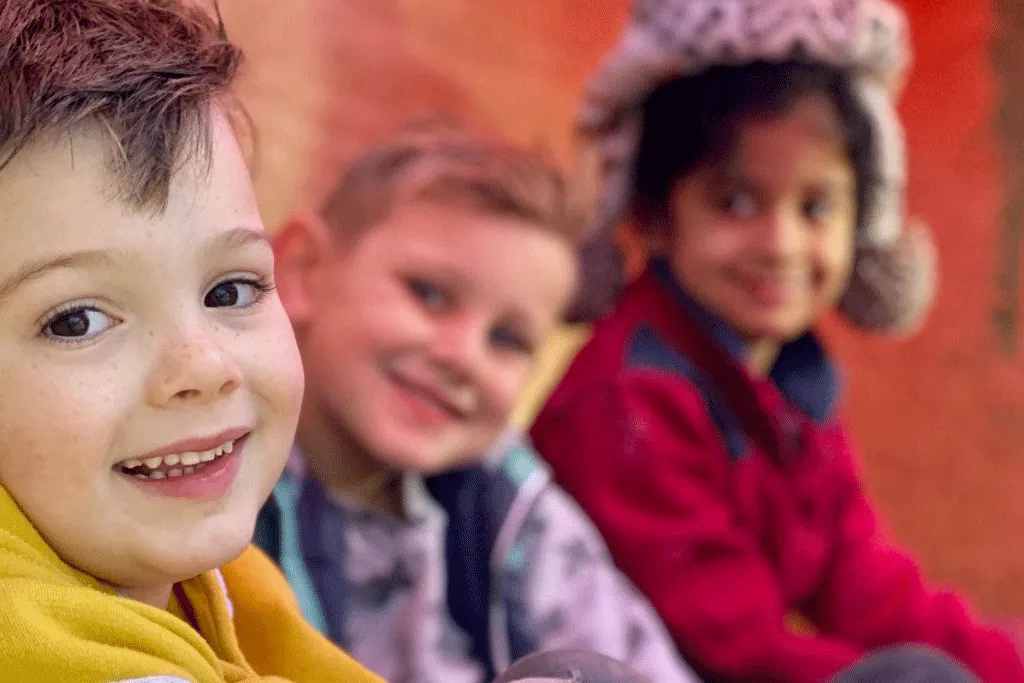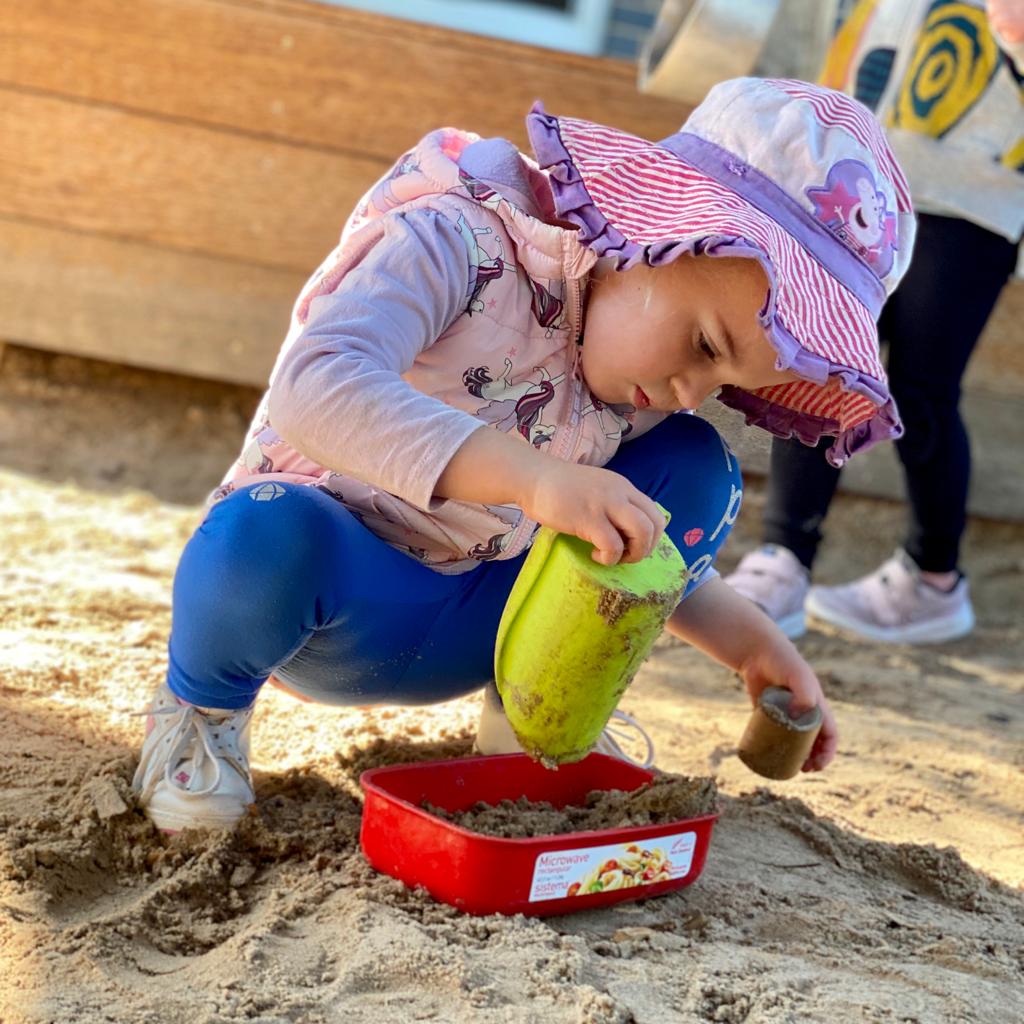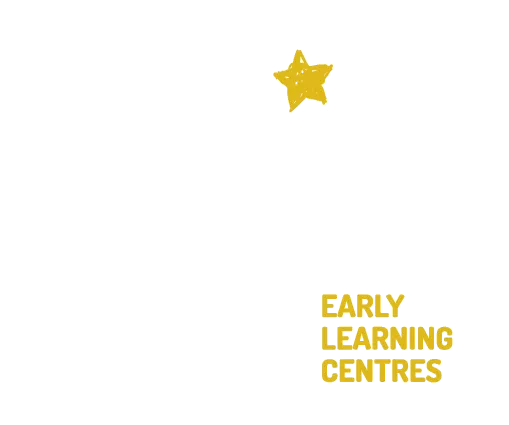Our Insights
Understanding Your Child Better
Our Insights
Understanding Your Child Better
Our Blog

The Reggio Emilia Approach
What is The Reggio Emilia Approach?
Here at InspiraKids our program is inspired by Reggio Emilia and is based on the children’s strengths and interests. The learning environments and educators play a vital role in the children’s learning.
The Reggio Emilia approach to early childhood education considers young children as individuals who are inquisitive about their world and have the compelling potential to learn from everything which surrounds them. Educational, psychological, and sociological influences are important factors to consider in understanding children and working to stimulate learning in appropriate ways. Reggio inspired educators utilise strategies such as exposing children to a wide variety of educational opportunities that encourage self-expression, communication, logical thinking, and problem-solving.
The Reggio Emilia Approach was developed over in Italy after World War 2 – succeeding at maintaining a frontal position in Early Childhood Education. This approach is forever evolving and displays influence from other theorists such as, Montessori, Piaget, Vygotsky, Bruner and Gardner. Supportive of foundations that educators understand and trust.
The Reggio Emilia Approach derives its name from its birthplace, which started with the local community and a teacher named Loris Malaguzzi, it was started in an anticipation to rebuild the community after World War 2 ended. This approach was to assist in the development of the young minds of the future. It has since gained a distinguishing worldwide identification as a one of the best practices. It Supports a certainty that the child, their parent, their community and their natural environment are all vital to a child’s learning process. The Reggio Emilia approach has strong foundations with nature and also concentrates on having a learning environment that is rich with both creative and sensory experiences, this allows children to grow and reach their full potential.
The Reggio Emilia Approach is based on four Key Elements:
Emergent Curriculum. A classroom’s curriculum stems from the particular interests of children. Curriculum topics are derived from talking with children and their families, as well as from things that are known to be interesting to children (puddles, dinosaurs, and so on). Teachers compare notes and observations in team planning sessions to decide which projects would be best suited to children in their classes, what materials will be needed, and how they can encourage parents and the community to become involved.
In-Depth Projects. These projects are thorough studies of concepts and ideas based on the information gathered about children’s interests. Projects are often introduced to children as adventures, and can last anywhere from a week or two to the entire school year. Teachers act as advisors on these projects, helping children decide in which direction they would like to take their research, how they can represent what they learn, and what materials would be best suited for their representations.
Representational Development. This principal takes into account Howard Gardner’s concept of multiple intelligence. The Reggio Emilia approach calls for the presentation of new ideas and concepts in multiple forms, such as print, art, drama, music, puppetry, and so on. Varied presentations ensure that all children have the chance to understand and connect with the concepts being explored.
Collaboration. The idea of collaboration is seen as necessary to further a child’s cognitive development. Groups both large and small are encouraged to work together to problem-solve using dialogue, comparisons, negotiations, and other important interpersonal skills. Each child’s voice is heard in order to promote a balance between a sense of belonging to the group and a sense of self.

The roles played during The Reggio Emilia Approach:The Role of the Teachers/Educators:With the Reggio Emilia approach, educators essentially have more than one role, so not only do they teach the children, but they learn alongside them as well.Observation, documentation and monitoring the growth and development of children in their classroom is also essential. Educators will also try and base their intentional teaching on children’s current and emerging interests and
The Role of Parents and the Community:The role of the Reggio Emilia Approach within the community and the parents is that they have a communal accountability of their children. This can be seen as a village-style approach, which see’s parents and all of the community members as indispensable to children’s learning. Parent’s are also seen as the first teacher before children attend the education system. Parent’s are encouraged to attend their children’s childcare facilities to volunteer and be a part of their child’s classroom happenings, alongside taking the Reggio Emilia Approach home to incorporate into their child’s everyday life.
The Role of the Classroom as the Third Teacher:Within the Reggio Emilia Approach; a child’s classroom and surroundings can often be described as, “The Third Teacher”. What this means, simply put, is that the environment is constructed similarly to that of an everyday home environment and set out in a way which allows for the children to explore a various array of interests. These environments are usually also, roomy, bright and filled with natural and nature-inspired décor. Thus allowing for the expansion of children’s minds.
THE HUNDRED LANGUAGES OF CHILDREN – A metaphor for the extraordinary potentials of children.No way. The Hundred is there
The child is made of one hundred.
The child has a hundred languages a hundred hands a hundred thoughts a hundred ways of thinking of playing, of speaking.
A hundred.
Always a hundred ways of listening of marvelling, of loving a hundred joys for singing and understanding a hundred worlds to discover a hundred worlds to invent a hundred worlds to dream.
The child has a hundred languages (and a hundred, hundred, hundred more) but they steal ninety-nine. The school and the culture separate the head from the body.
They tell the child: to think without hands to do without head to listen and not to speak to understand without joy to love and to marvel only at Easter and at Christmas.
They tell the child: to discover the world already there and of the hundred they steal ninety-nine.
They tell the child: that work and play reality and fantasy science and imagination sky and earth reason and dream are things that do not belong together.
And thus they tell the child that the hundred is not there.
The child says: No way. The hundred is there.
Loris Malaguzzi, (translated by Lella Gandini)
“Children need the freedom to appreciate the infinite resources of their hands, their eyes and their ears, the resources of forms, materials, sounds and colours.”– Loris Malaguzzi


